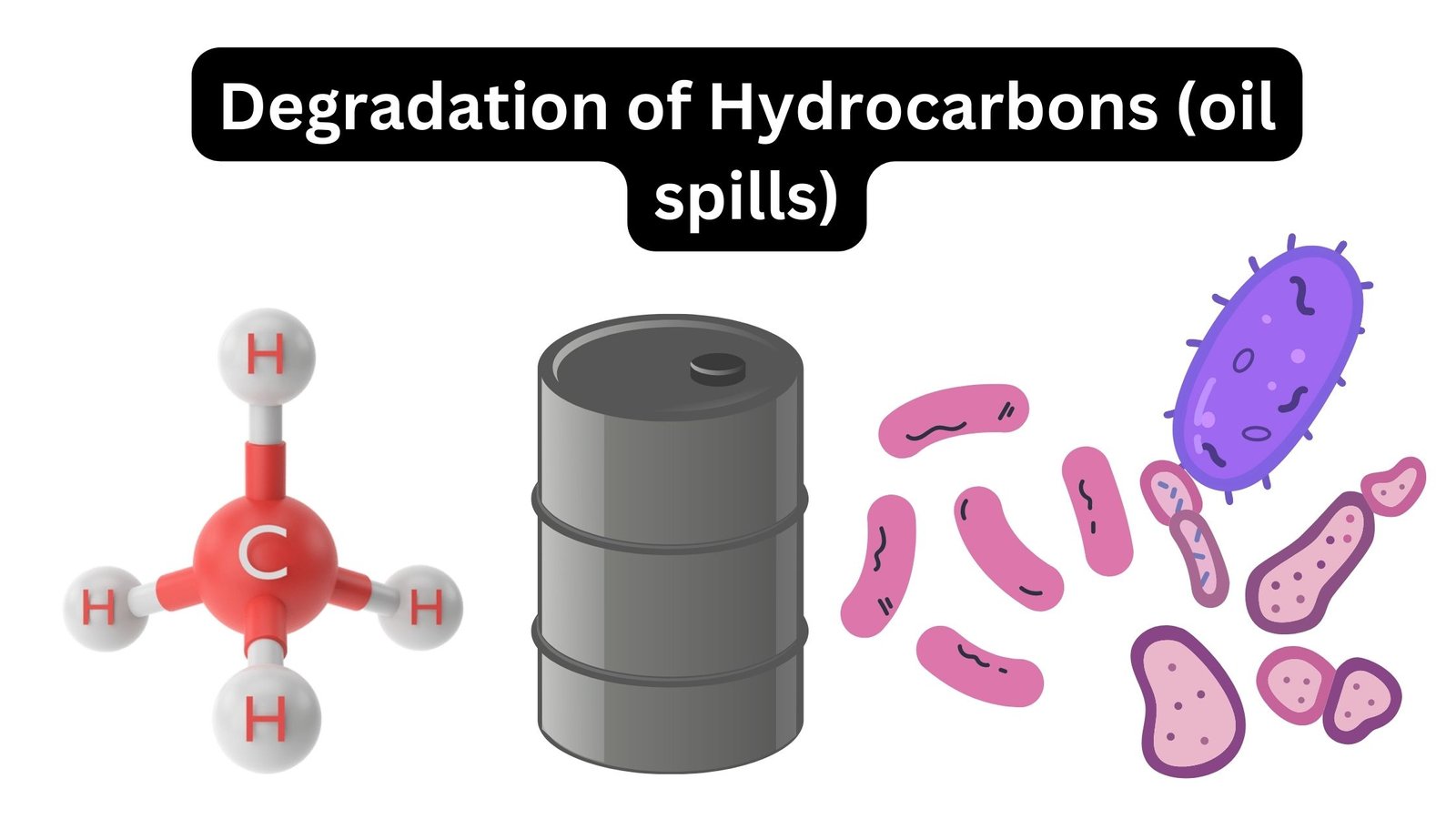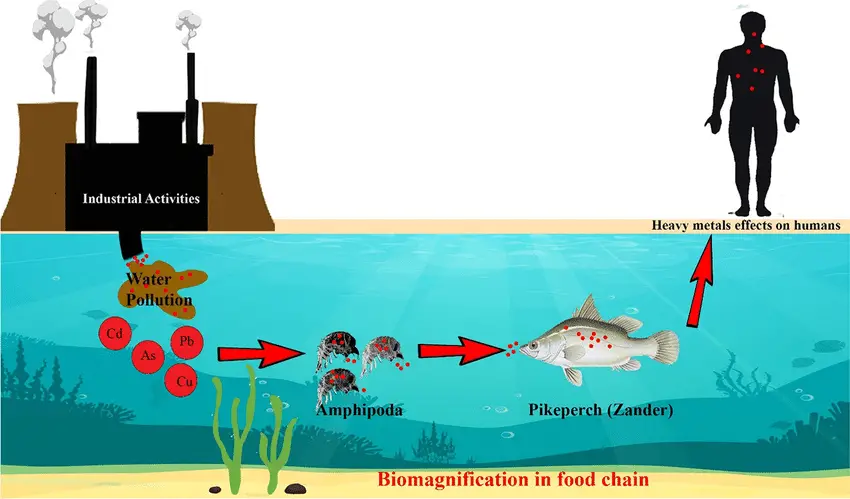Biodegradation – Definition, Steps, Factors, Applications
What is Biodegradation? Definition of Biodegradation Biodegradation is the natural process by which microorganisms break down organic matter into simpler substances, such as carbon dioxide, water, and minerals. Examples of Some biodegradable pollutants Biodegradable pollutants encompass a range of highly toxic synthetic compounds that have been introduced into the environment over time. Some examples of … Read more





